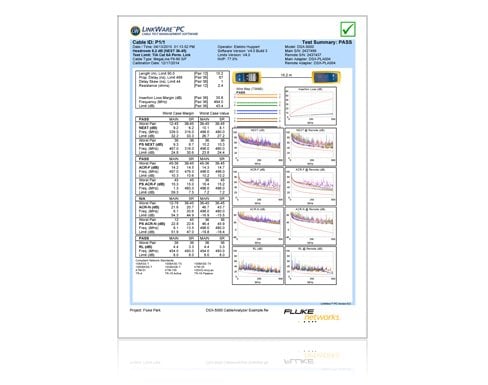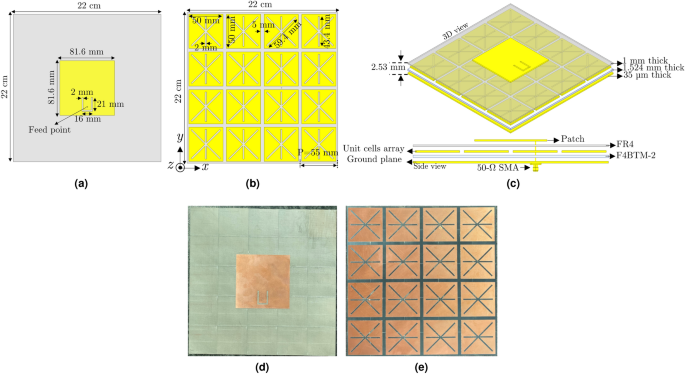

Pigeon tone tone along with any of the other tonal generators found of this website. It reassembles the same digits as the Solfeggio base tone Ut (396Hz), and divides them by ten in order to produce an even stronger decimal representation! Try this: play the Dr. The special one has been tuned to 69.3Hz. Because myNoise generators have ten sliders, I extended the seven original Solfeggio tones with two other frequencies that are often used as extensions of the Solfeggio tones (sliders 2 and 3), and a special one (the first slider). You will find the effects associated with each slider in the preset list. You can play several of them simultaneously if you like. Each slider controls a particular Solfeggio frequency (sliders 4 to 10).

Many people experience healing effects from these tones, hence the numerous requests I received asking to add a Solfeggio tone generator to this website. The frequencies that were associated by Puleo and Horowitz are different: they were generated from the Bible's Book of Numbers, using a Pythagorean reduction algorithm based on our decimal number representation, applied to verse numbers of Chapter 7. They have precise frequency associations, octave by octave, which are derived from a particular musical temperament. These names are still in use today in musical notation. These names were taken from the first verse of a Latin hymn to St. The seventh note, si, came a little later. The name of these tones - for example - finds their roots in the eleventh century, when music theorist Guido of Arezzo developed a six-note ascending scale: ut, re, mi, fa, sol, and la. Leonard Horowitz in the seventies, and were inspired by real facts.


 0 kommentar(er)
0 kommentar(er)
